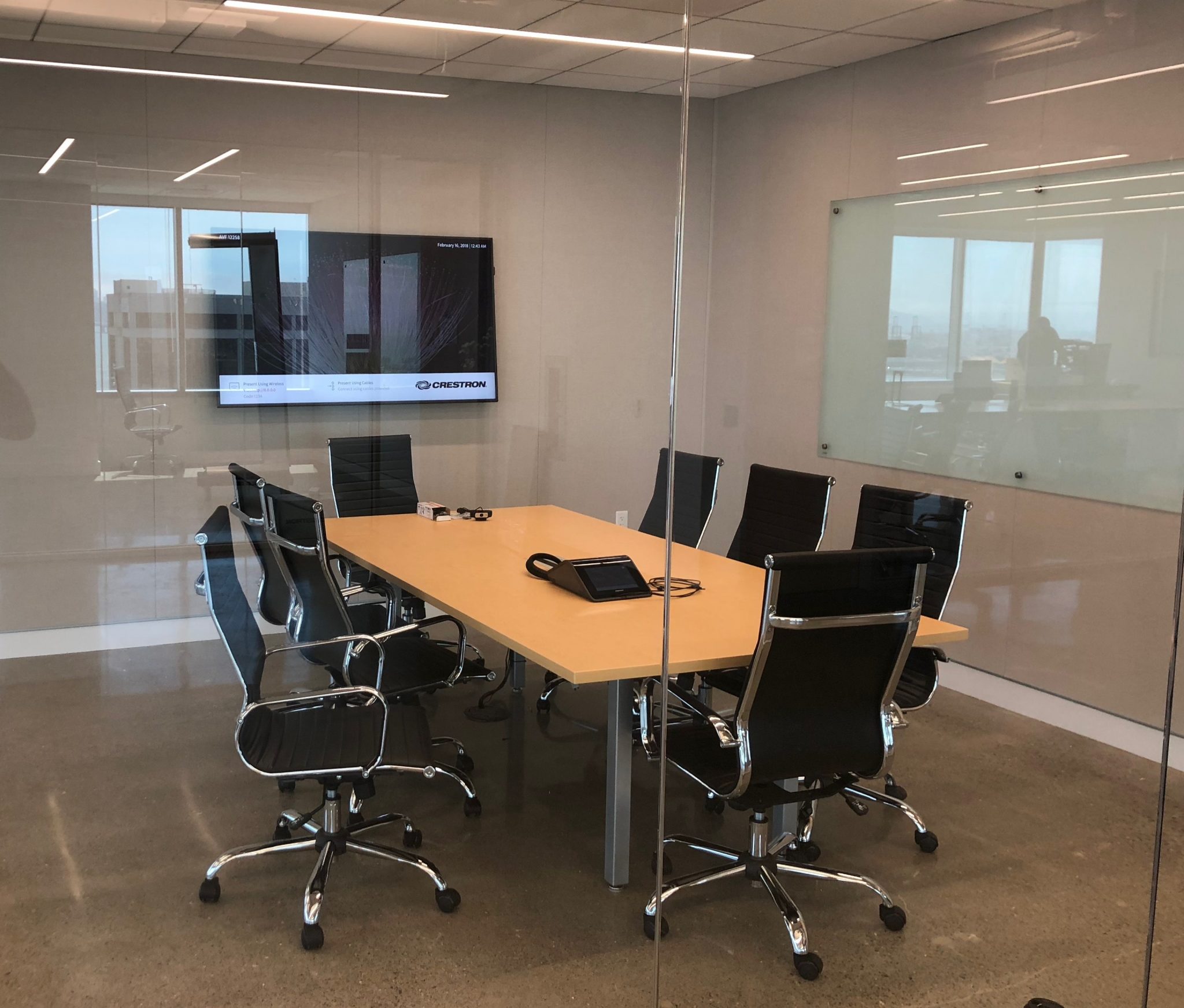How video conferencing is increasing productivity
Video conferencing technologies are staples in today’s workplace, fundamentally changing internal and external company communications, reported Lifesize in its 2019 Impact of Video Conferencing report. Technological advances are significantly impacting corporate culture, making remote work and flexible schedules the new norm. The report surveyed more than 1,300 business professionals across age groups and industries to determine the influence of video conferencing in the modern workforce. More than half (55%) of companies that use video conferencing said they are more collaborative, and 50% said they are more innovative.
According to the survey of more than 1,300 U.S. business professionals:
- 25% of 18 to 29-year-old respondents use video conferencing daily for work, as compared to 15% in the 45 to 60-year-old segment.
- 69% expect video communication will be equally or more important to their work than voice assistants, while 63% expect video’s impact on their work will meet or exceed that of augmented reality and virtual reality.
- 47% have reduced business travel due to video conferencing.
- 51% have taken video calls for work from a home office, 21% from their bedroom and 21% while on vacation.
- 51% think that companies using video conferencing are more innovative, 41% believe those companies have more engaged employees and 31% perceive those companies as more successful.


Biggest benefits of Video Conferencing
1. Healthier work-life balance
Increasingly, companies let employees work from anywhere and everywhere, and even adjust their work hours to accommodate their home life needs, personal commitments and periods of peak productivity. This flexibility prevents employees from becoming burnt out, which is one of the top reasons people quit their jobs. Major factors that contribute to burnout include workplace stress, heavy workload, and low job satisfaction—all of which can be mediated through flexible work styles. The report found that video conferencing helps with this effort, with 43% of employees reportedly using video to work remotely or from home.
2. Less business travel
“I can avoid traveling to a meeting because of video conferencing technology,” said Paul Harrold, vice president of collaboration at PCM. “Often times meetings require several individuals from different locations to attend and coordinating travel can prove to be challenging and costly.”
Some 33% of workers said video conferencing technology reduces their business travel, the report found, allowing them to easily conduct meetings without making expensive, time-consuming trips.
3. Better productivity and collaboration
More than 40% of companies said video conferencing has made their employees more engaged, the report said. Video conferencing was cited as being used most for 1:1 meetings (80%), team meetings/stand ups (78%), large group meetings/company town halls (77%), customer/partner meetings (62%).
Additionally, 43% of respondents said video conferencing has improved team productivity when in different locations, the report added.
Source: Tech Republic
The most frequently used video conferencing services included Skype, enterprise cloud video solutions (BlueJeans, Lifesize, Zoom, etc.), Google Hangouts, WebEx, and GoToMeeting.
Contact us at LightWerks today for more information on video conferencing and what we can do for your organization!

